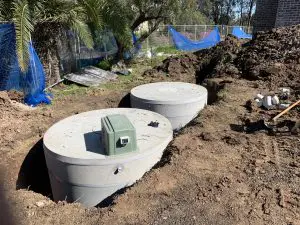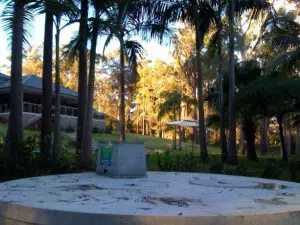How Do Domestic Wastewater Treatment Plants Work?
Water purification is crucial for many industries, who use wastewater treatment plants to eliminate pollutants and make water safe to use. Wastewater treatment ensures all precaution and regulations are adhered to, prevents damage to the environment and heavy penalties, and makes sure a facility’s procedures and products are up to scratch. How do wastewater treatments work? Read on to learn more.
Preliminary stage
The main sewer system uses gravity to send wastewater to the plant. This water is then sent to the plant’s gravel chamber to separate any grit. This gravel is disposed of, while the water is sent through a series of screens. Bar screens remove larger pieces or objects, and coarse and fine screens separate smaller objects. After this stage, the water passes through the grit chamber. This operates similarly to the gravel chamber – it encourages grit to settle before disposing of it.Primary or sedimentation stage
Now that the water is free of grit, it passes to settling tanks to be further treated. It first moves towards a hopper, a large tube featuring arms that move around the tank’s edge with a 4cm/s velocity. The hopper helps separate water and sediments.Secondary or biological stage
During this stage, natural processes are employed to treat the water. Bacteria work to eliminate contaminants, particularly organics, carbon, and phosphorus. Bacteria and residue becomes sludge, which the system transfers to digestion tanks.Digestion stage
When the sludge reaches the digestion tanks, it is heated and mixed. This converts it into biogas, which can be used by the plant to produce electricity or thermal energy. Once the sludge has been digested, the second digestion stage occurs in storage tanks. In this stage, water is separated from semi-solid sludge and is sent back to the wastewater treatment plant to be further processed, while the leftover sludge is carried through the rest of the plant before being disposed of. After the discarded sludge has dried out, it is able to be used to fertilise industrial crops.Inspection stage
Once the previous stages have been completed, all that’s left is to inspect the water. This allows for a final check of the water to ensure it meets regulation. From this inspection, industries can conclude whether the water is able to be reused in domestic or industrial settings.Contact us
Eco-Septic is a Sydney based manufacturer and specialises in commercial wastewater systems of various shapes and designs. We can provide fast and free quotes relevant to your commercial wastewater needs, all while keeping in mind individual spending capabilities. Contact us today for a fast quote at 1800 808 135 or visit us at www.ecoseptic.com.au. We cover all Sydney suburbs as well as the regions of South Coast, Snowy Mountains, Southern Highlands, Riverina, Blue Mountains and Hawkesbury, Laguna, North and Mid North Coast, Bateman’s Bay, Nowra, Mallacoota, Narooma, Balmoral, Cobargo, Glenn Ines, Avondale, Glenmore, Mogo, Targao, Torrumbarry, Albury, Faulconbridge, Maraylya, Sherbrooke, Strathdickie, Little Hartley, Linden, cattail, Bowen Mountain, Murrwillumbah, Kyogle, Bryon Bay, Lismore, Evan Heads, Yamba, Grafton and surrounding areas.Related Posts
- Are Septic Tanks Better For The Environment Than Sewer Systems?
- How Do Grey Water Recycling Systems Work?
- Common AWTS Problems in Victoria and How to Solve Them
- How To Make Sure You Have The Right Septic Tank For Your Home
- How Many Years Is A Septic System Good For?
- Revitalize Your AWTS for the New Year: A Comprehensive Guide to Yearly Servicing
- How Much Wastewater Does A Person Produce?
- Are there advantages of having a septic tank system?




